Christiaan Van Der Klaauw Planetarium Black Aventurine: Enigmatic Material Exposed
The world of geology is full of incredible formations that are as good or better than science fiction. Whether it is a cave full of crystals the size of busses (like Cave of the Crystals in Chihuahua, Mexico) or an entire coastline composed of 40,000 hexagonal columns (such as Giant’s Causeway in Northern Ireland), there are multitudes of formations around the world that remind us we are living on something of a weird planet.
But large formations aren’t the only impressive things; smaller stones, crystals, gemstones, and mineral formations can be equally fascinating due to the myriad of visual and physical properties found in them.
Opals stand out as having some of the most stunning varieties of appearance with many resembling galaxies, oceans, or mystical realms. Bismuth looks like something straight out of the Transformers universe, with incredible multicolored geometric crystals that build upon themselves. These are just two examples of hundreds of spectacular formations, many of which humans have been using as precious or semiprecious stones for millennia.
But not all of them are pure examples: minerals and gemstones with inclusions are common, which is why they tend to be of lower value than their purer siblings. Yet sometimes inclusions contain other equally stunning minerals, and the appearance becomes something out of this world (opals are, by definition, full of inclusions).
The humble quartz crystal, something most people have probably seen at one time or another, can sometimes be colored or clear and have shiny inclusions from mica, making it look like it is full of stars. These incredible natural creations sometimes inspire people to mimic the rare appearances using special techniques such as glassblowing.
That leads to the story of aventurine, the secret glass technique that became so popular it lent its name to the phenomenon seen in mineralogy that likely inspired the creation of aventurine glass in the first place.
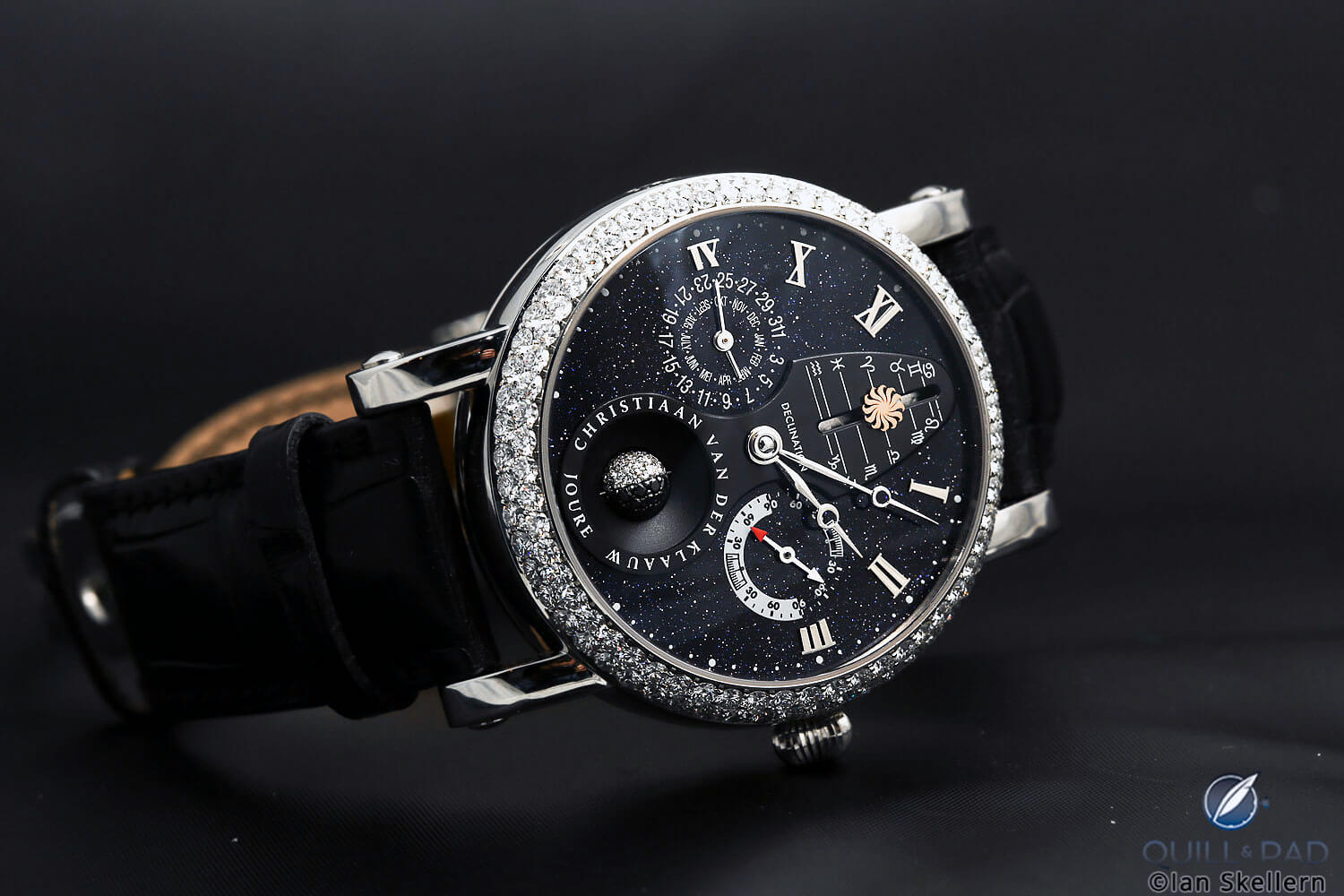
Christiaan van der Klaauw Real Moon Black Aventurine
It’s hard to know for certain who actually invented the glass technique, but it is likely to have originated in eighteenth-century Italy, possibly by a renowned glass-making family named Miotti.
Regardless of who was first, and if it was even created on purpose or by accident, aventurine glass has remained a staple of glass and jewelry for the last century at least. And it has more recently taken watchmaking by storm.
Enigmatic aventurine
So what exactly is aventurine? Most people would be excused for thinking it was a mineral.
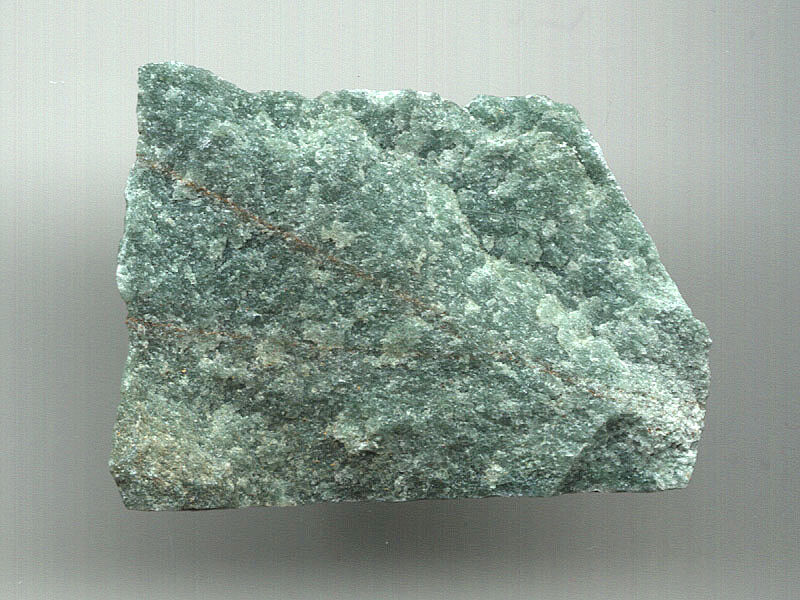
The mineral called aventurine was not the first item to be graced with this name (photo courtesy Doobuzz/Wikipedia)
The mineral aventurine is a form of quartz that includes microscopic mica crystals that give the translucent crystal the appearance of containing a thousand stars. It is pretty common (pure quartz is rarer), and the colors it is found in cover the entire gamut from green, blue, red, orange, pink, yellow, and brown to gray.
But these minerals are not what most people think of when they think of aventurine. What is more widely known as aventurine is in reality simply glass with inclusions.
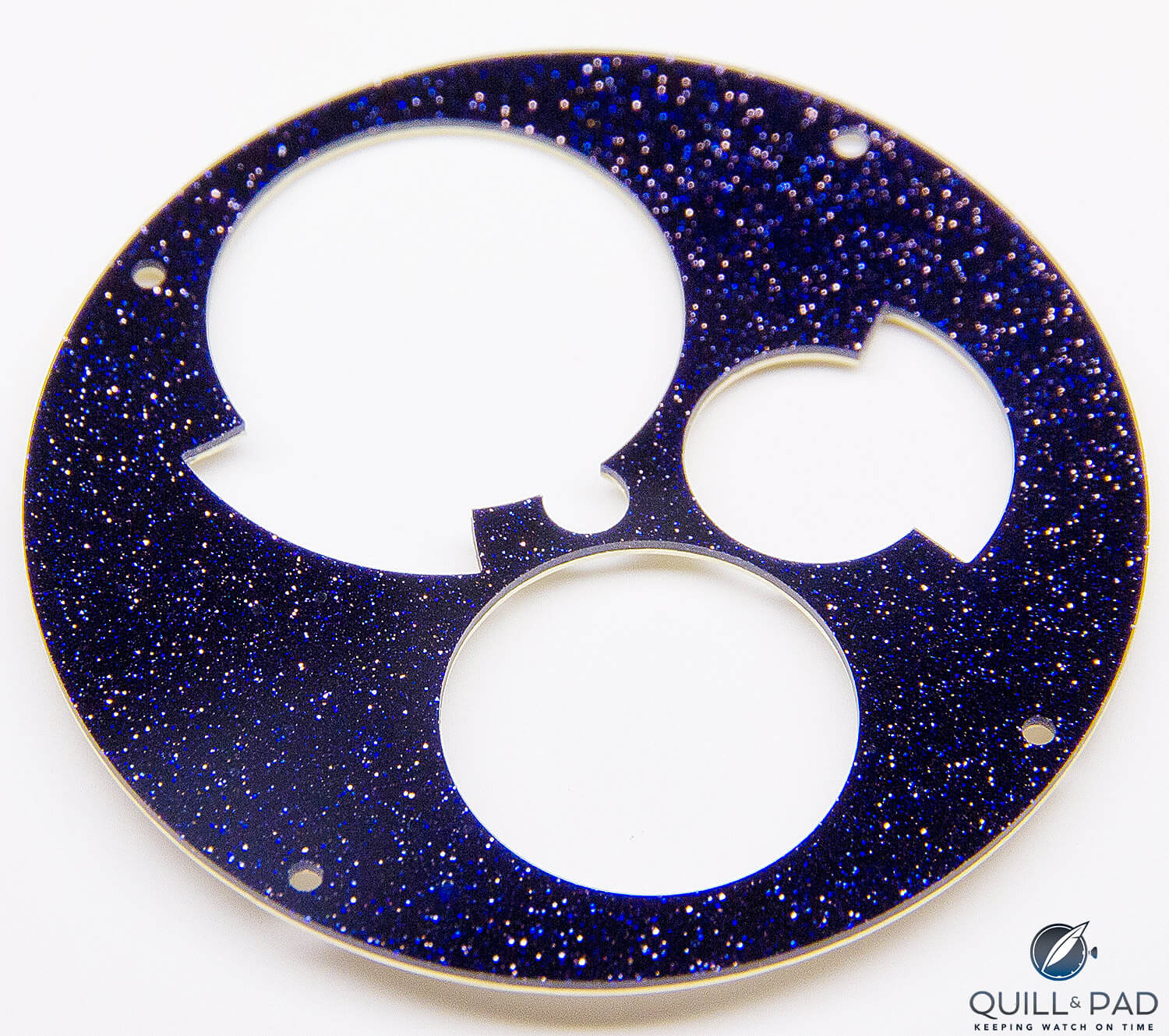
The glass aventurine dial from the Louis Moinet AstroMoon
Aventurine is first and foremost a glass technique that sees the inclusion of metallic crystals added to a silica melt that is formed in a low-oxygen environment to achieve proper crystal formation and the creation of the color that the glass itself takes. The initial creation of aventurine is believed to have been a failed experiment attempting to create something else that uses a similar process (possibly hematine).
The resulting glass is more commonly known as goldstone, however it has gone under a variety of names throughout history.
The differences in the colors of the glass are owed to the different choices of metals included in the melt and the specific temperatures at which the glass and crystals are formed.
The most common aventurine technique uses copper oxides (along with small amounts of other metal oxides) that chemically reduce the oxides into elemental copper, allowing metallic crystals to form.
The glass is kept at a very specific temperature and then sealed in a low-oxygen vat to cool slowly, creating the crystals distributed within the glass. This technique produces reddish-brown glass with bright copper (goldish) crystals, but other metal oxides create other variations.
Cobalt or manganese can be used to create more silvery crystals while making a glass that ranges from dark blue to purple. This might be the most familiar example for watches as dark blue aventurine looks incredible used as a watch dial.
There are also versions based on the use of chromium oxides that make for very bright chrome crystals and deep green glass color.
Black aventurine: rare as hen’s teeth
But a less known color, and apparently only recently widely available to glassmakers, is black aventurine.
The natural mineral version is relatively unknown, and black aventurine glass has only been available within the last decade as far as my research shows.
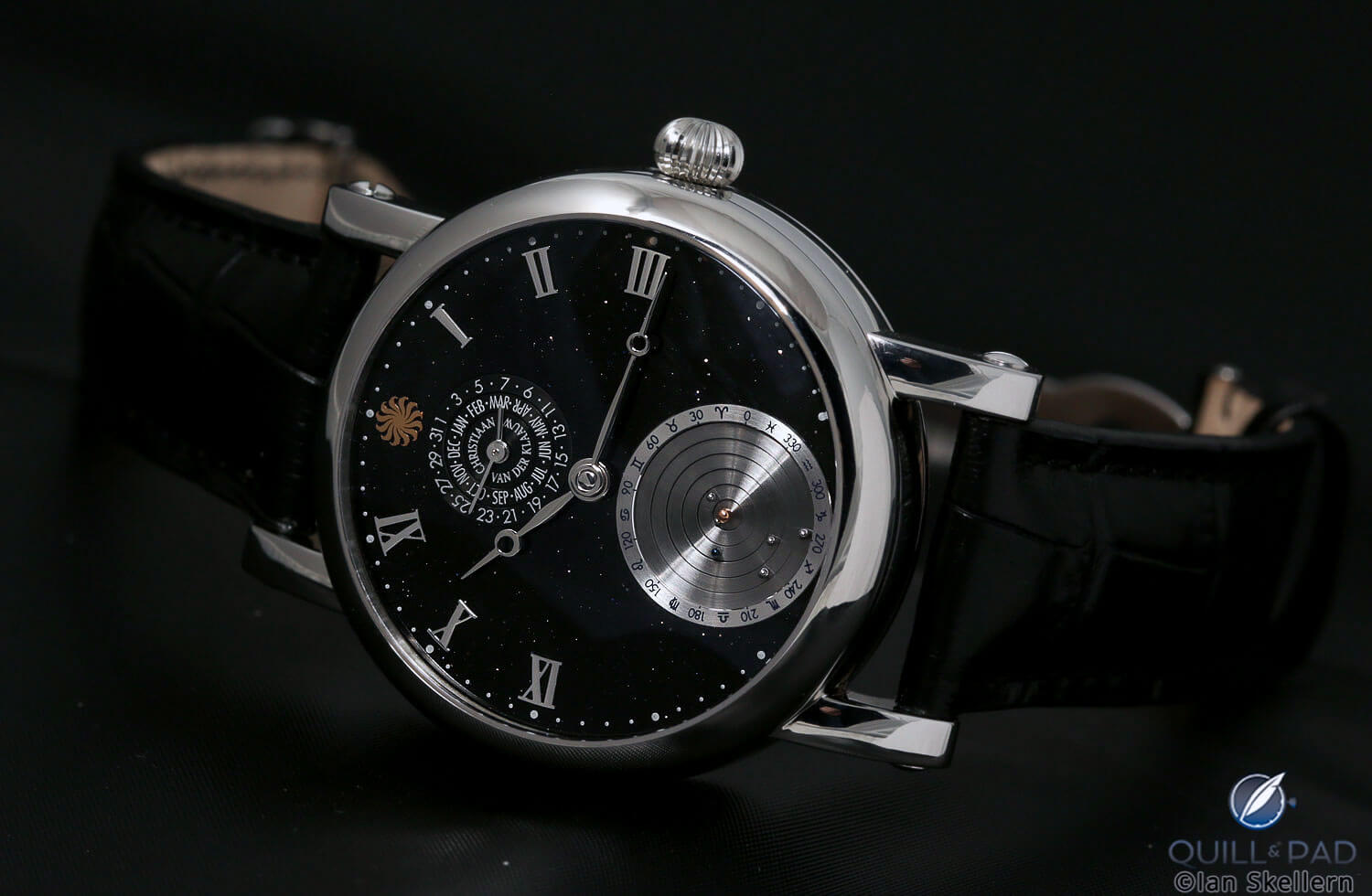
Christiaan van der Klaauw Planetarium Black Aventurine
It is so much less popular than the other aventurine glasses that I have not even been able to confirm what is used to make it black as all of the sources discussing aventurine focus on the other main colors.
Since the chromium oxide versions usually result in green glass with bright white crystals, my initial thought was that the black with bright white crystals might result from another metal oxide.
Black glass has historically been made using either a combination of sulfur, iron, and carbon or, alternately, potassium dichromate, which might be a clue. The main metallic element in potassium dichromate is chromium (a key ingredient in stainless steels), meaning that it could produce bright chrome crystals used in combination with a high concentration of potassium dichromate to color the glass black.
Of course, this is only my guess based on disparate sources of information and a rather rudimentary understanding of glass chemistry.
Astronomical proportions in miniature
Regardless of exactly how it is produced, it is the starkest form of aventurine glass made – and the most underused in my opinion. Since it resembles the appearance of a truly black star-studded night sky, it feels to me as if it should be the default material for astronomical timepieces.
Most – if not all – aventurine dials for astronomically themed watches, like those by independent watchmaker Christiaan van der Klaauw, have depended upon the blue cobalt-based aventurine.
But Christiaan van der Klaauw has finally broken that trend, releasing its very first black aventurine dial (quite possibly one of the only watches ever to use the material) on the already incredible Planetarium model.
This watch already exists with a blue aventurine dial (one of the most stunning astronomical watches in production today), pushing it one step closer to the heavens.
Blue aventurine is what I would call midnight blue in color, a very dark blue that helps the cobalt crystals sparkle just like the stars in the early evening sky. But dark blue is not the same as the extreme blackness that can be seen in the dead of night when all influence of the sun has vanished from the sky above.
The new black aventurine goes that extra step further in creating an impression of the stunning majesty of space: in other words, the actual background for the planets in the night sky.
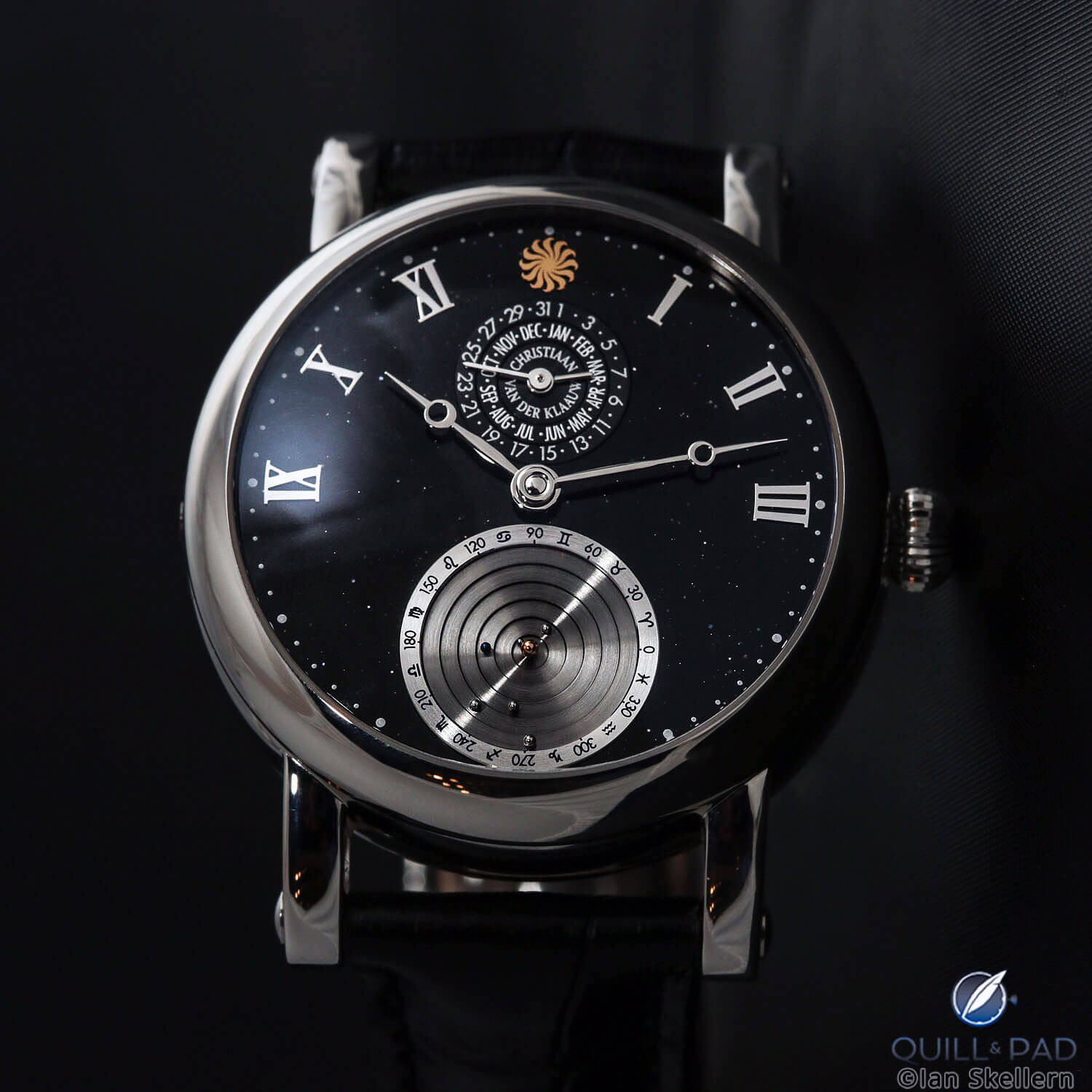
Christiaan van der Klaauw Planetarium Black Aventurine
On the Planetarium watch, Mercury, Venus, Earth, Mars, Jupiter, and Saturn orbit the sun against the deep black aventurine. The shift from dark blue to black doesn’t seem like much, but visually it is a huge change and well worth the new version.
The addition of the black aventurine dial brings the total of the Planetarium collection to nine versions, allowing something for varying tastes.
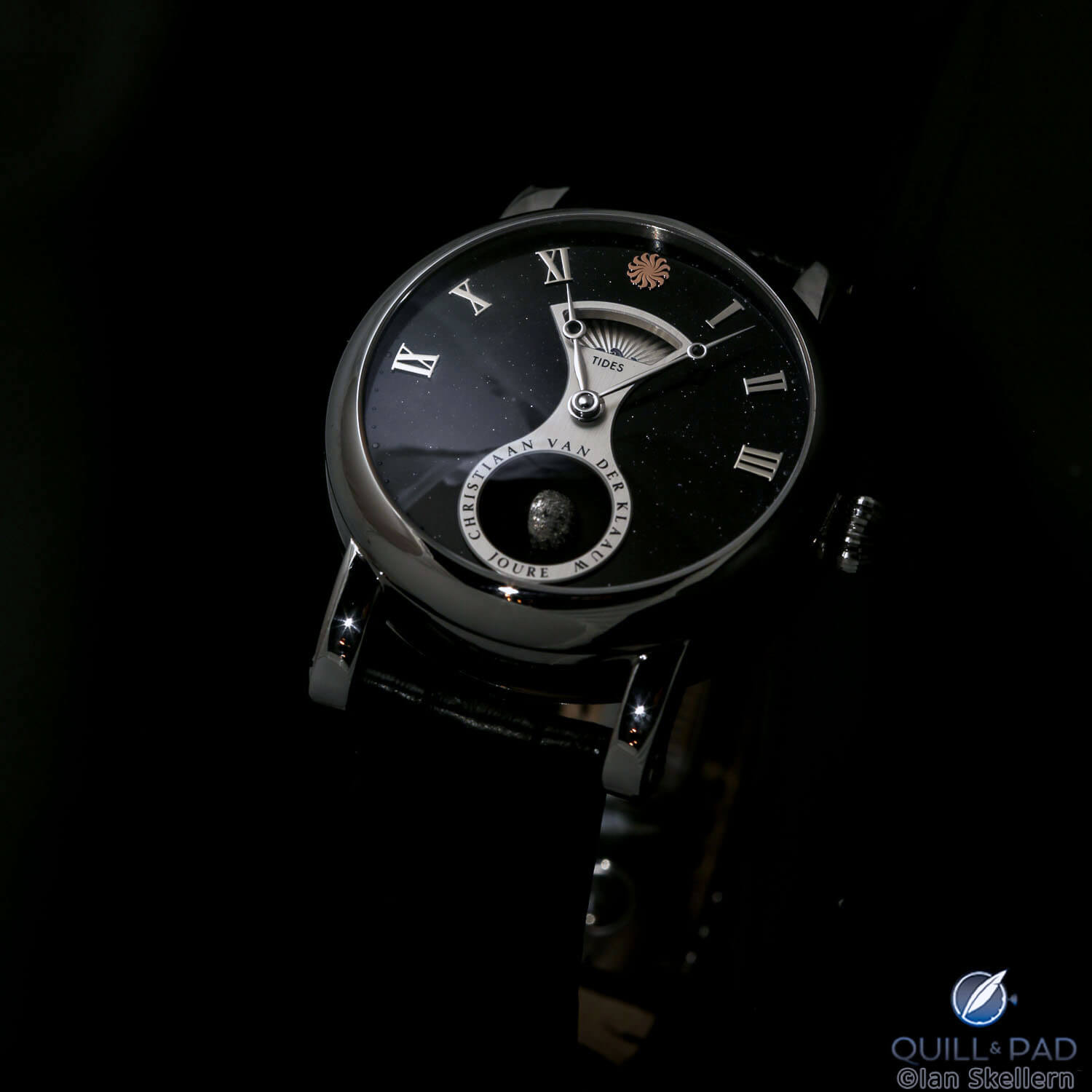
Christiaan van der Klaauw Real Moon Tides Black Aventurine
But the planetarium isn’t the only new piece with aventurine: both the Real Moon Tides and the Real Moon 1980 now also exist in versions featuring aventurine glass, specifically the more well-known blue aventurine. The Planetarium, the Real Moon Tides, and the Real Moon 1980 also look stunning with their astronomically inspired dials.
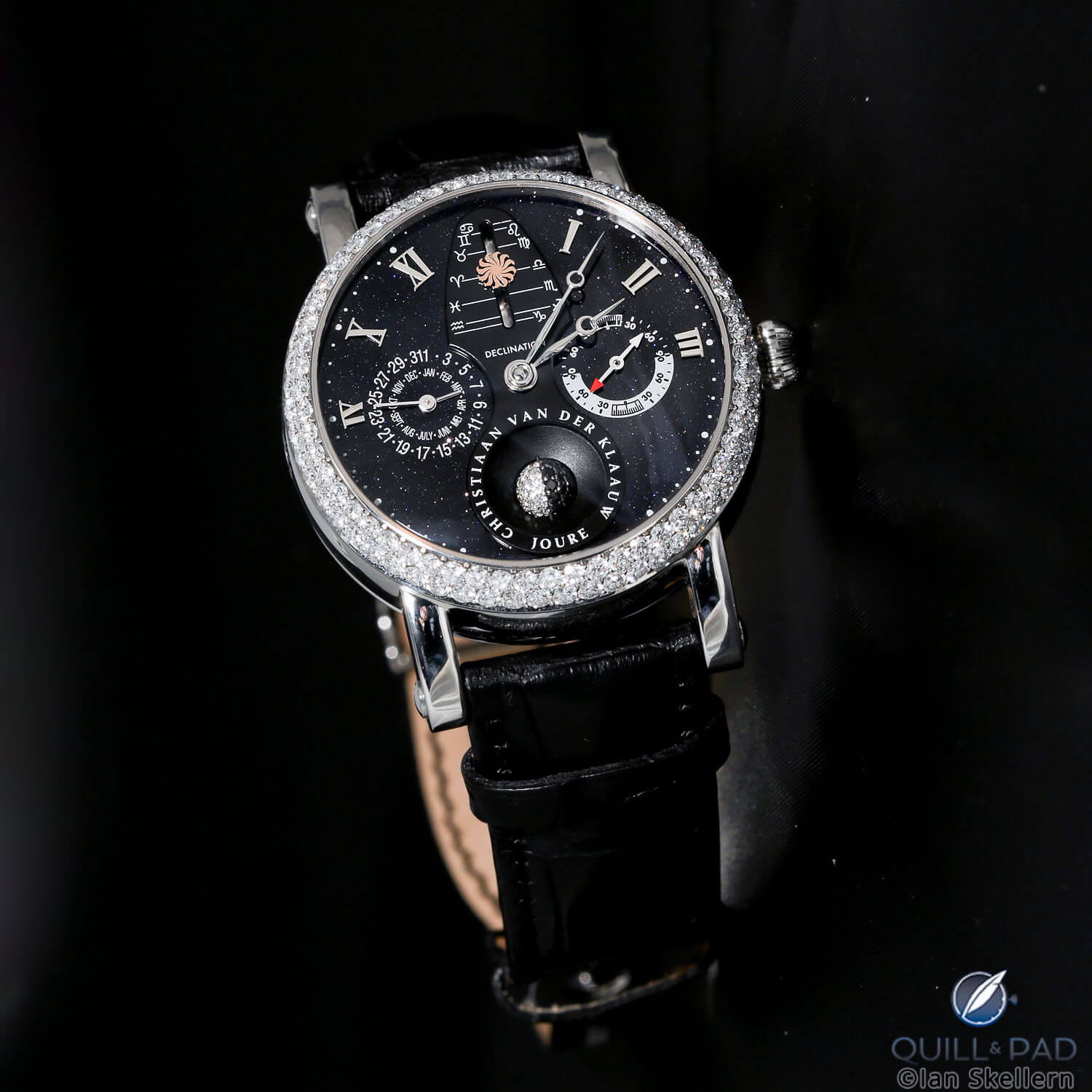
Christiaan van der Klaauw Real Moon 1980 Black Aventurine
While the black is more accurate (and rarer), the blue still makes for one of the most stunning dials seen in watches today. Other brands have utilized blue, red, and green versions, but of the major haute horology brands only Christiaan van der Klaauw utilizes the black aventurine.
I guess this exclusivity could change with time, but I feel it is most appropriate that the king of astronomical watches is the first to re-create the horological heavens using the material.
Christiaan van der Klaauw is one of my favorite brands, and the Planetarium is one of my favorite creations from this maker. Packing a solar system into a space no bigger than a small coin is a seriously impressive feat, and keeping it thin and visually attractive is another fantastic accomplishment.
The brand clearly is unwavering in its dedication to beautiful astronomical watches, and its releases at Baselworld 2018 (and collaborations with other brands) continue to showcase truly phenomenal watches with a top-notch aesthetic. The new black aventurine is another winner for a brand with a stable of astronomical champions.
Aventurine glass, the oh-so-enigmatic material surrounded by mystery and legend, is a perfect partner to the out-of-this-world timepieces Christiaan van der Klaauw produces.
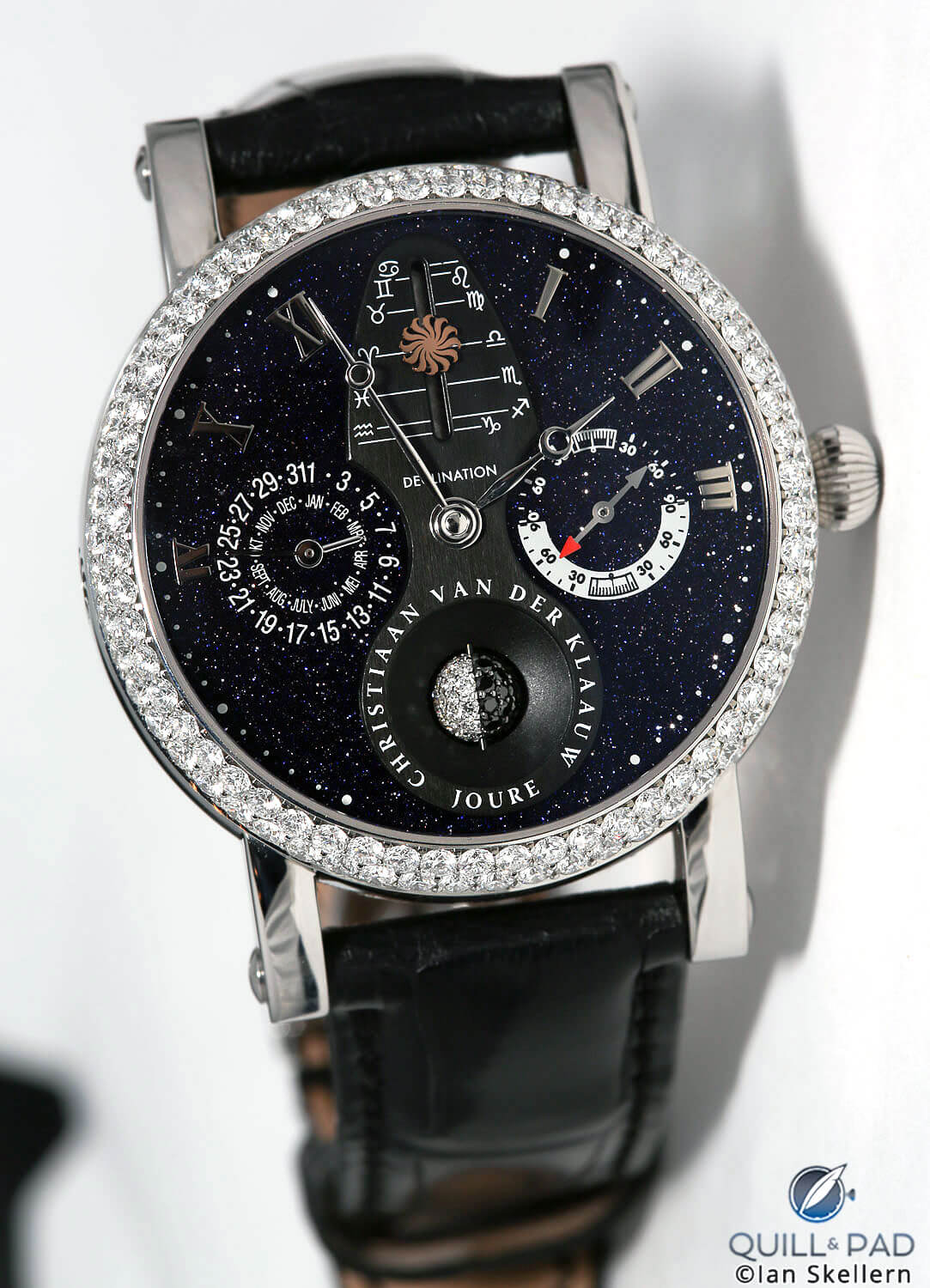
Christiaan van der Klaauw Real Moon Black Aventurine
Aventurine, though not naturally made, is spectacularly beautiful and somehow still able to fly under the radar. It shines and sparkles, but not in the same way as diamonds or gold. It has a maturity to it, a style that rewards closer inspection and slow appreciation. The same as a planetarium with miniature planets traveling at real-time speeds around a miniscule sun.
Digging deep into the Planetarium, or the Real Moon Tides or Real Moon 1980, is an endeavor that pays you back with wonder and understanding.
Now an out-of-this-world breakdown is next!
- Wowza Factor * 9.9 A miniature planetarium is really all you need to be wowed, but the new black aventurine takes it up a notch!
- Late Night Lust Appeal * 99.9 » 979.684m/s2 The G force of this assembly of planets is seriously strong – enough to keep you up for weeks at a time!
- M.G.R. * 68.9 The base movement is solid on its own, but adding the planetarium takes this to heights rarely seen in watchmaking!
- Added-Functionitis * Severe If it only had a date and month indication it would be nice. But nothing spectacular. The miniature planetarium, however, is another story. Including that makes prescription strength Gotta-HAVE-That cream necessary for the planetary-scale swelling!
- Ouch Outline * 12.5 Mistaking the tip of your finger for the end of a carrot! I haven’t done this myself, but I can imagine it so clearly that I feel like I have experienced it. And while I really, really don’t want to do it, I may just fall on that grenade if it meant I would find myself in possession of the Planetarium Black Aventurine.
- Mermaid Moment * 29.46 years, or a day, whichever comes first! The tiny little Saturn needs nearly 30 years for one rotation around the dial, meaning the first Planetarium models produced in 1999 still have another decade before the Saturn completes its first rotation. So while some may use that entire time to fall head over heels with this watch, I feel like I got there the very first day I saw one!
- Awesome Total * 872 Multiply the number of hours in the power reserve (96) with the number of versions of the Planetarium (9) and add the number of heavenly bodies in the Planetarium (eight, comprising seven planets and one sun) and you have a very celestial awesome total!
For more information, please visit www.klaauw.com.
Quick Facts Christiaan Van Der Klaauw Planetarium Black Aventurine
Case: 40 mm, stainless steel
Movement: automatic Caliber CVDK7386; twin spring barrels for 96 hours’ worth of power reserve, 4 Hz/28,800 vph frequency
Functions: hours, minutes; date, month, planetarium with seven planets
Price: €40,500
You may also enjoy:
Shrouded In Mystery And Fire: Opals In Jaquet Droz And Piaget Timepieces
Aventurine: Sparkling, Glittering, Mysterious, And Placing A Galaxy Of Stars On Your Wrist



Leave a Reply
Want to join the discussion?Feel free to contribute!